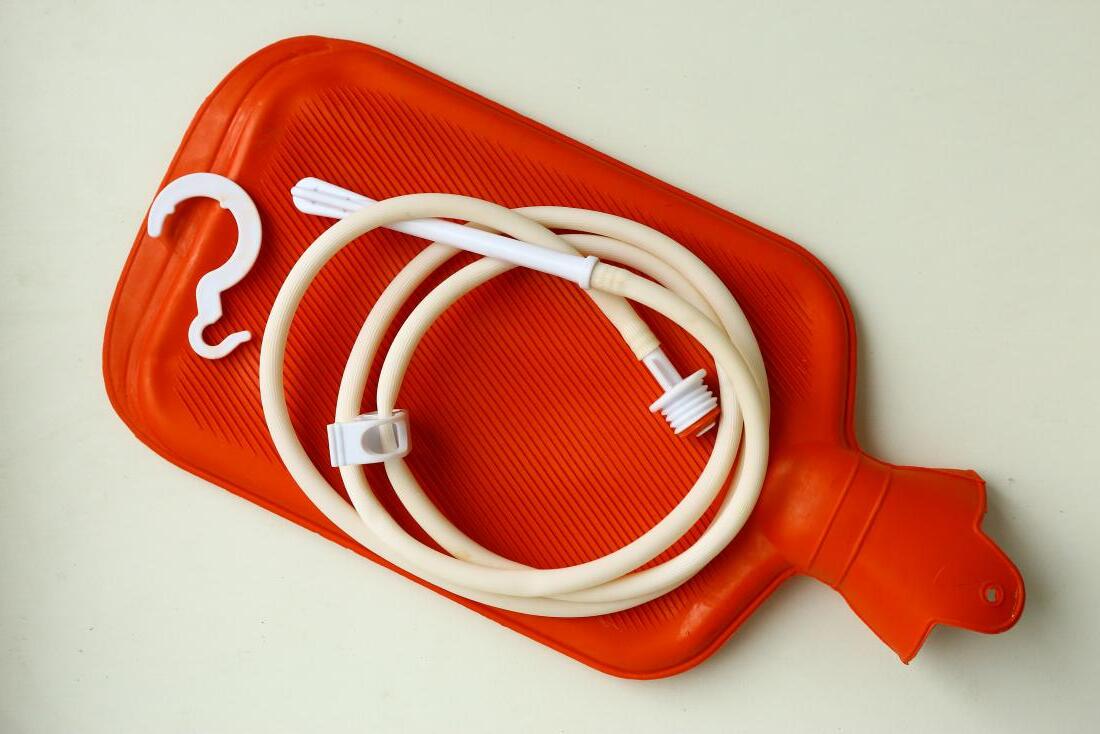
Ever wondered about the fascinating world of enemas? These medical procedures, often shrouded in mystery, have been around for centuries. From ancient Egypt to modern hospitals, enemas serve various purposes, from relieving constipation to preparing for surgeries. But what exactly is an enema? Simply put, it's a method of introducing liquid into the rectum to stimulate bowel movements. Why are they used? Enemas can help with detoxification, hydration, and even medication delivery. Are they safe? When done correctly, they can be quite beneficial. However, misuse can lead to complications. Curious about the different types? There are cleansing enemas, retention enemas, and even coffee enemas! Ready to dive deeper? Let's explore 35 intriguing facts about enemas that might surprise you.
What is an Enema?
An enema involves introducing liquid into the rectum through the anus. This procedure can be for medical or cleansing purposes. Let's dive into some intriguing facts about enemas.
-
Ancient Practice: Enemas date back to ancient Egypt, where they were used for detoxification.
-
Medical Use: Doctors often use enemas to clear the bowel before medical examinations like colonoscopies.
-
Types of Enemas: There are several types, including cleansing, retention, and barium enemas.
-
DIY Kits: Home enema kits are available, but it's crucial to follow instructions carefully to avoid injury.
-
Coffee Enemas: Some people use coffee enemas for detoxification, although their effectiveness is debated.
-
Relief for Constipation: Enemas can provide quick relief for severe constipation.
-
Hydration: In emergencies, enemas can hydrate patients who can't take fluids orally.
-
Medication Delivery: Certain medications are administered through enemas for faster absorption.
Historical Significance of Enemas
Enemas have played a significant role in various cultures and medical practices throughout history.
-
Mayan Use: The Mayans used enemas for ritualistic purposes and to administer hallucinogenic substances.
-
Greek Medicine: Hippocrates, the father of medicine, recommended enemas for various ailments.
-
Royal Treatment: King Louis XIV of France reportedly had over 2,000 enemas during his reign.
-
Victorian Era: Enemas were a common household remedy in Victorian England.
-
Ayurvedic Medicine: In Ayurveda, enemas (Basti) are used for detoxification and balancing bodily doshas.
Health Benefits and Risks
Understanding the benefits and potential risks of enemas can help make informed decisions about their use.
-
Detoxification: Some believe enemas help detoxify the body by flushing out toxins.
-
Colon Health: Regular enemas may promote colon health by removing waste buildup.
-
Weight Loss: Some claim enemas aid in weight loss, though this is not scientifically proven.
-
Electrolyte Imbalance: Overuse of enemas can lead to electrolyte imbalances and dehydration.
-
Infections: Improperly sterilized equipment can cause infections.
-
Rectal Damage: Incorrect administration can result in rectal tears or damage.
-
Dependence: Frequent use can lead to dependency, where the bowel relies on enemas for regular function.
Enemas in Modern Medicine
Modern medicine continues to utilize enemas for various diagnostic and therapeutic purposes.
-
Barium Enema: Used in radiology to visualize the colon and diagnose conditions like polyps or cancer.
-
Fleet Enema: A popular over-the-counter option for relieving constipation.
-
Pre-Surgery: Enemas are often used to clear the bowel before abdominal surgeries.
-
Ulcerative Colitis: Medicated enemas can help manage inflammation in conditions like ulcerative colitis.
-
Rectal Cancer: Enemas may be used to deliver chemotherapy directly to rectal cancer sites.
Cultural and Alternative Uses
Beyond medical applications, enemas have found a place in various cultural and alternative health practices.
-
Yoga and Ayurveda: Enemas are part of cleansing routines in yoga and Ayurvedic practices.
-
Gerson Therapy: This alternative cancer treatment involves coffee enemas as a detox method.
-
Colon Hydrotherapy: A more extensive form of enema, often used in spas for detoxification.
-
Religious Fasting: Some religious fasting practices include enemas to cleanse the body.
-
Natural Remedies: Herbal enemas using ingredients like chamomile or aloe vera are popular in natural medicine.
Fun and Unusual Facts
Enemas have some surprising and unusual aspects that might pique your interest.
-
Space Travel: Astronauts use enemas to manage bowel movements in zero gravity.
-
Animal Use: Veterinarians use enemas to treat constipation in pets.
-
Guinness World Record: The largest enema ever recorded involved 20 liters of coffee.
-
Enema Theatres: In the 18th century, some European theatres had enema rooms for patrons.
-
Enema Art: Some contemporary artists use enemas in performance art to make bold statements.
Final Words on Enemas
Enemas have been around for centuries, serving various medical and health purposes. From ancient Egypt to modern medicine, they've played a role in treating constipation, preparing for medical procedures, and even detoxifying the body. While some folks swear by their benefits, others approach them with caution. It's always smart to consult a healthcare professional before trying one. Remember, not all enemas are created equal. Different types serve different purposes, so understanding what you need is key. Whether you're looking to relieve discomfort or explore alternative health practices, knowing the facts can help you make informed decisions. So, next time you hear about enemas, you'll have a better grasp of their history, uses, and potential benefits. Stay informed, stay healthy, and always prioritize your well-being.
Was this page helpful?
Our commitment to delivering trustworthy and engaging content is at the heart of what we do. Each fact on our site is contributed by real users like you, bringing a wealth of diverse insights and information. To ensure the highest standards of accuracy and reliability, our dedicated editors meticulously review each submission. This process guarantees that the facts we share are not only fascinating but also credible. Trust in our commitment to quality and authenticity as you explore and learn with us.
